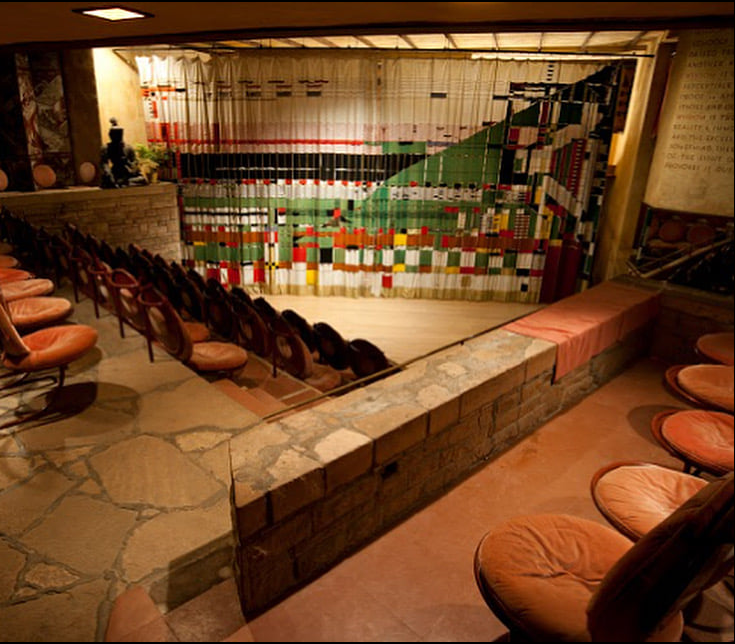What is Chamberlin Rock?
The rock is a rare remaining example of pre-Cambrian era glacial erratics. According to the UW-Madison News, the rock was designated as a monument on campus in 1925 in honor of Thomas Thomas Chamberlin, a renowned geologist who served as the president of the University of Wisconsin from 1887 to 1892. The plaque on the rock honoring Chamberlin has been removed and a new one will be placed on Chamberlin Hall.
Why was the Chamberlin Rock Removed?
The rock was associated with an extremely offensive terminology. On October 9, 1925, the rock was referred to in the Wisconsin State journal headline by a derogatory nickname that included a racial slur. The term was commonly used to refer to any large, dark rock at the time. The phrase fell out of common usage by the 1950s and historians have not found evidence that the term was used by the university in any capacity.
Nevertheless, the term witnessed a historical past when the KKK were present in the Madison area, where “people of color were mocked in minstrel shows at campus facilities and in campus satiric periodicals,” according to the report from YourTango.
The rock sat within catalogued burial sites, which are protected under Wisconsin’s Burial Sites Preservation Law. The university worked closely with the Wisconsin Historical Society to assure minimal disturbance to the sacred burial sites nearby. The Society approved the removal permit on August 2 after seeking inputs from various stakeholders.
The Removal of Racist Legacies
Since June 2020, historic preservation and architectural organizations nationwide have joined a movement to call for the removal of Confederate monuments from public spaces, following the death of George Floyd. Many believe that Confederate monuments are proclamations of white supremacy, thus should be abhorrent to all Americans. Some wondered, Does removing a Confederate monument mean you’re erasing history? In support of the movement, the National Trust for Historic Preservation replied:
No. History is not that fragile. History is written in our buildings, landscapes, documents, objects, oral traditions, individual memories, and many other places, as well as in monuments in public spaces. To the contrary, left standing without appropriate context, these monuments promote a false and damaging narrative. When removed, these monuments can provide an even deeper understanding of history in other venues, such as museums, that can offer fuller and more inclusive context around the people, events, and ideologies that led to the monuments’ creation, and their relationship to present-day issues.































